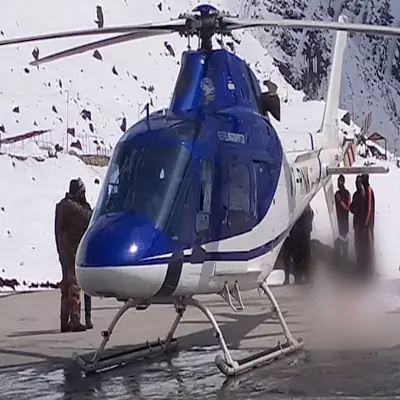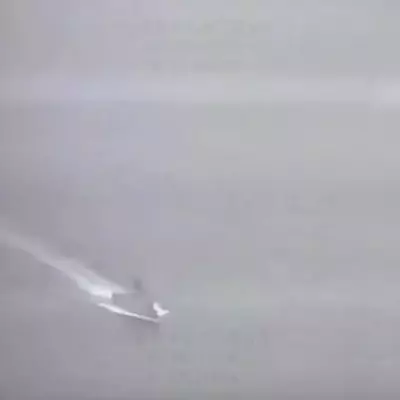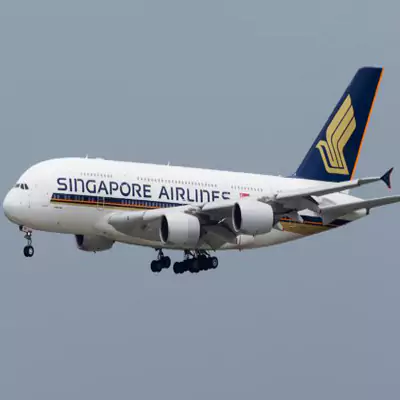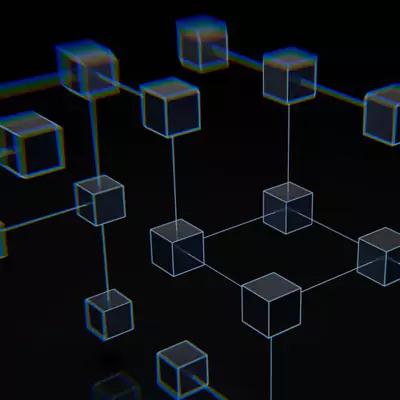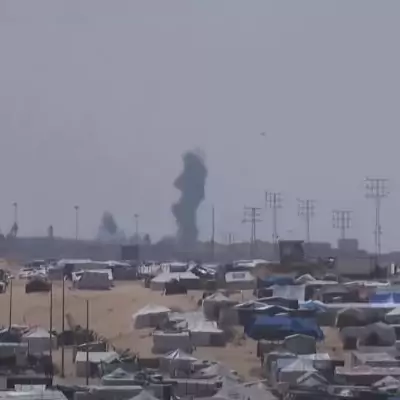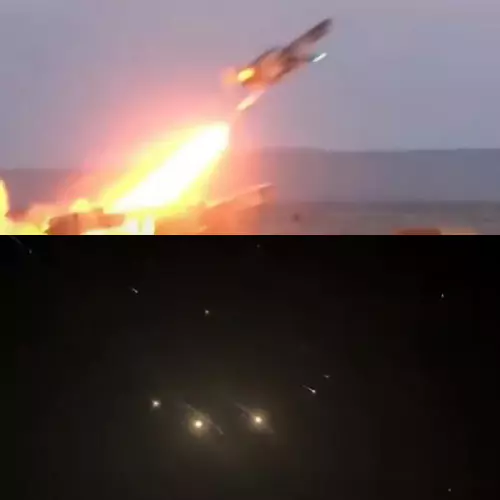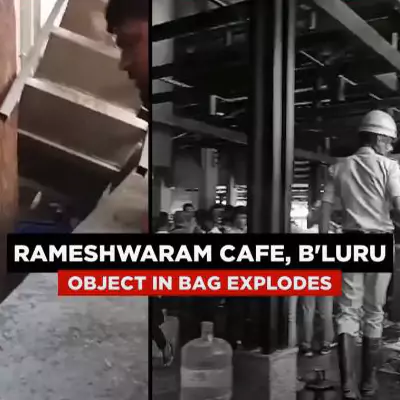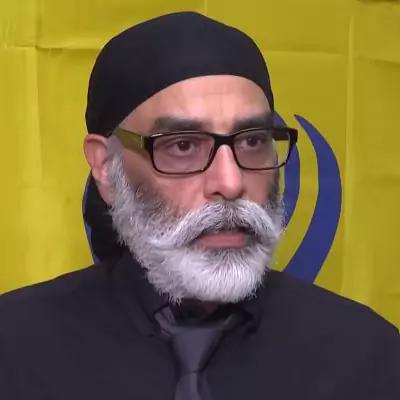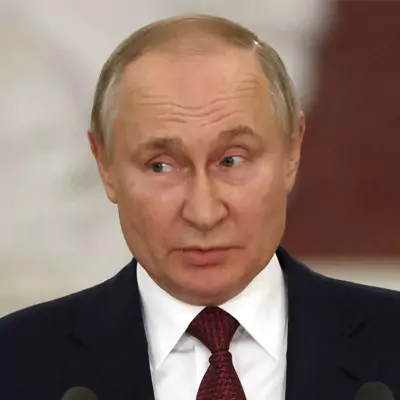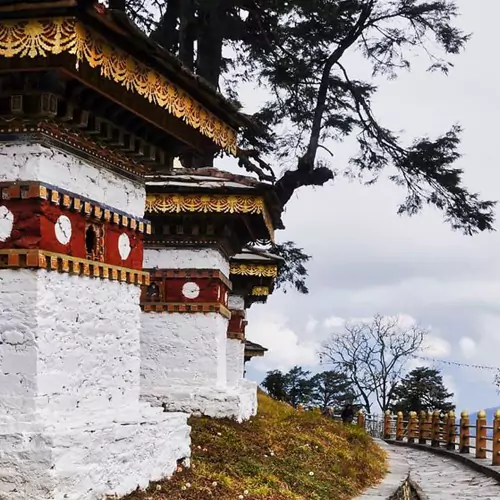China mocks Taiwan with missile strikes, and jets equipped with real missiles are utilized for training

May 24, Beijing/Taipei (newsguru) - Beijing has claimed that the exercises were carried out to punish Taiwan's new president, Lai Ching-te. On Friday, the country conducted fake missile strikes and sent fighter jets carrying live missiles along with bombers, according to state broadcaster CCTV. China proved its capacity to "seize power" and control critical areas of Taiwan, it said, as the bombers set up various strike formations in waters east of Taiwan and carried out simulated attacks in coordination with navy boats.
Just three days after taking office on Monday, the two days of drills in the Taiwan Strait and around groupings of Taiwan-controlled islands near the Chinese coast began. According to a Taiwanese official, the drills included simulated bombings of foreign vessels. Taiwan has denounced the acts of China. China calls Lai a "separatist" and regards Taiwan, which is democratically governed, as its own territory. It harshly criticized his inauguration speech, in which he declared that the two sides of the strait were "not subordinate to each other" and urged Beijing to cease its threats.
The People's Liberation Army's Eastern Theatre Command stated that the goal of the "Joint Sword - 2024A" drills was to "test the ability to jointly seize power, launch joint attacks, and occupy key areas". A spokesman for China's defense ministry, Wu Qian, stated that "this action is completely reasonable, legal, and necessary to combat the arrogance of 'Taiwan independence' and deter the interference and intervention of external forces."
A senior Taiwan security official told Reuters that multiple Chinese bombers practiced how to take "total control" of areas west of the so-called first island chain by simulating assaults on foreign warships close to the eastern end of the Bashi Channel, which divides Taiwan from the Philippines.
The region that encloses China's coastal seas and stretches from Japan to Taiwan, the Philippines, and Borneo is referred to as the first island chain. Given the delicate nature of the issue, the official spoke anonymously but stated that many Chinese coastguard boats conducted "harassment" maneuvers near Taiwan's east coast, which included fictitious inspections of civilian ships.
The coastguard of China reported that on Friday, it had carried out "law enforcement drills" in waters east of Taiwan, with an emphasis on training in identification and verification as well as warning and rejection.
According to Chinese official broadcaster CCTV, the Chinese ship Nantong conducted battle readiness patrol and practical drill missions in the Taiwan Strait, with the Taiwanese ship Zheng He trailing 0.6 nautical miles behind. The 7th Fleet of the U.S. Navy, according to a public relations officer, takes "very seriously" its obligation to prevent aggression in the Indo-Pacific and is keeping an eye on "all of the activities" in the area. Despite not having an official diplomatic relationship since Washington publicly recognizes Beijing, it is legally obligated to give Taiwan the resources it needs to defend itself and is the island's main international supporter.
Taiwan's Foreign Minister Lin Chia-lung declared in a speech in Taipei that the island would resist external pressure. "We will not make any concessions because of this Chinese military exercise, because it concerns the development of democracy in Taiwan," he stated.
On its WeChat social media account, the Chinese Theatre Command posted an animated video on Friday depicting missiles being fired at Taiwan from the air, sea, and land. The missiles then explode into fiery balls that strike Taipei, Kaohsiung, and Hualien. Later, according to CCTV, China used several dozen missiles to stage simulated missile attacks on Taiwan. The final words of the video, "Sacred weapons to kill independence," were read in red and were printed in the traditional Chinese characters used in Taiwan. Taiwan's military has gathered in order to keep an eye on and observe Chinese forces. The defense ministry of Taiwan released images of F-16s flying around with live missiles on Friday.
In addition, images of Chinese coastguard ships and Jiangdao-class corvettes were displayed; however, the specific location of the photos was not specified. As of Friday at 6 a.m. (2200 GMT), the ministry reported that it has identified 49 Chinese military aircraft, 19 naval vessels, and seven coast guard ships. 28 of the planes crossed the median line across the strait, which China claims it does not recognize but which was once an unofficial border. A chart given by the ministry showed that the nearest Chinese aircraft to the coast of Taiwan was located 40 nautical miles (74 km) from the northern city and navy base of Keelung.
Lai has been rejected every time he has offered to hold discussions with China. He opposes Beijing's claims of sovereignty, saying that only the people of Taiwan can determine their own destiny. Taiwan is accustomed to China's military threats, so there hasn't been any unnecessary fear on the island as a result of the most recent drills; business as usual continues. Taiwanese media has reported on the exercises, but they have also devoted a great deal of space to the continuing drama around disputed legislative amendments that have prompted thousands of protesters to go to the streets.
"Eastern Theatre" was the most searched term on China's heavily censored Weibo social media platform, and the majority of responses were in favor of the drills. "The return of Taiwan" was another popular theme. Senior Taiwanese officials, analysts, and regional diplomats pointed out that although the drills' scope is smaller than that of the comparable exercises in 2022—which were much anticipated by both foreign and Taiwanese officials—they nevertheless increase the possibility of mishaps or errors in judgment.













